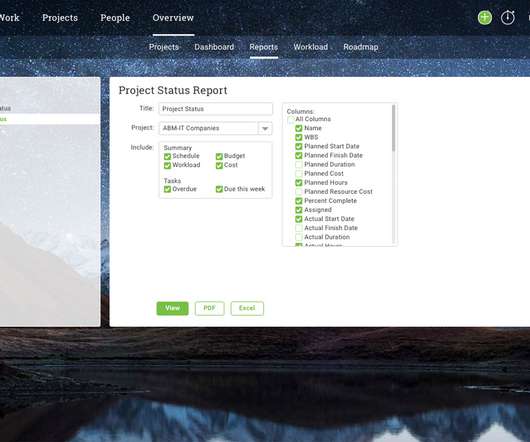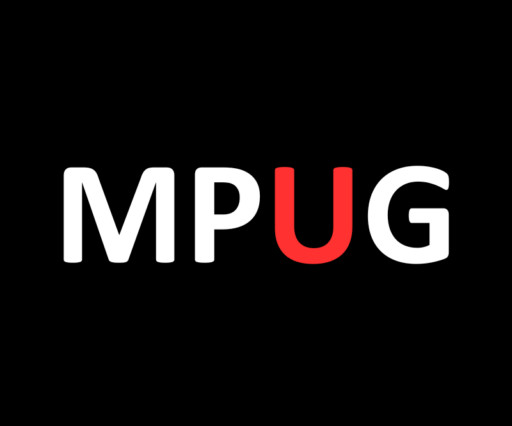Logistics Management 101: A Beginner’s Guide
ProjectManager.com
JUNE 18, 2019
Managing that work process is called logistics management. Without logistics management, the many phases of any product will quickly fall into a chaotic mess. If you’re not familiar with logistics management, don’t panic. What Is Logistics Management? Logistics management is a subset of the larger supply chain management.



















Let's personalize your content